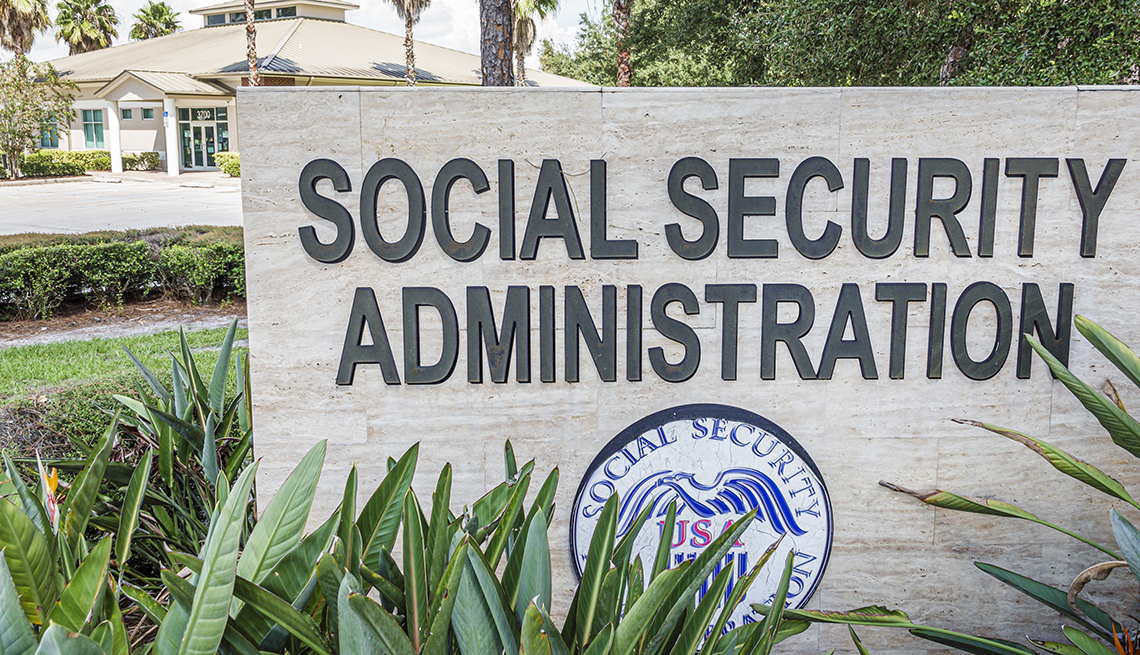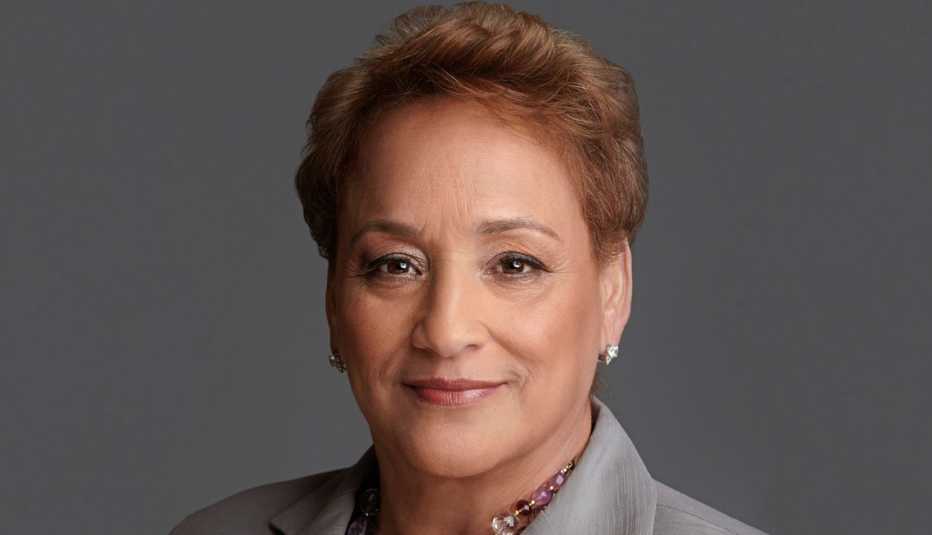AARP Hearing Center
As the deadline approaches for Congress to approve federal government spending for the coming year, AARP is calling on lawmakers to increase funding for the Social Security Administration (SSA) to help stem a customer service crisis that is delaying the delivery of timely services to older adults and people with disabilities.
Social Security “has been plagued with serious customer service deficiencies occasioned by underfunding,” Nancy LeaMond, AARP executive vice president and chief advocacy and engagement officer, says in a Dec. 2 letter to leaders of the U.S. House of Representatives and U.S. Senate. She urges the lame-duck session of Congress to fully fund the White House’s $14.8 billion budget request for the SSA to help address, among other things, long wait times for consumers calling the agency for help and record waits for decisions on disability applications.
The president's fiscal year 2023 budget request would increase SSA funding by $1.4 billion, most of which would go toward boosting payroll, improving information technology and expanding digital services.
“Funding for the Social Security Administration has steadily eroded over the past decade, even though the number of people served has grown dramatically,” says David Certner, legislative policy director for AARP. “Without adequate funding, processing and wait times will continue to skyrocket, and beneficiaries will not get timely access to the services and benefits they need.”
Long waits, unanswered calls
If Congress does not increase current funding levels, the SSA says it will be severely hamstrung in its ability to overcome years of underfunding and staff attrition that have eroded service delivery, especially during the pandemic.
Recent Social Security data illustrates the extent of the customer service crisis.
- Callers to the SSA’s national customer service line, 800-772-1213, wait an average of 34 minutes for someone to answer — more than double the hold time a year ago and 10 times longer than it took a decade ago.
- Almost one-third of calls to local Social Security field offices go unanswered, up from one-fifth in 2021. More than 8 percent of callers get busy signals, compared to less than 5 percent a year ago.
- In November 2022, the average processing time for a decision on an initial application for disability benefits was 204 days, nearly 90 days longer than it took five years earlier.
- Disability applicants appealing denied claims are waiting more than a year, on average, to get a hearing on their case. In a dozen of the SSA’s 168 hearing offices, it takes more than a year and a half.







































































